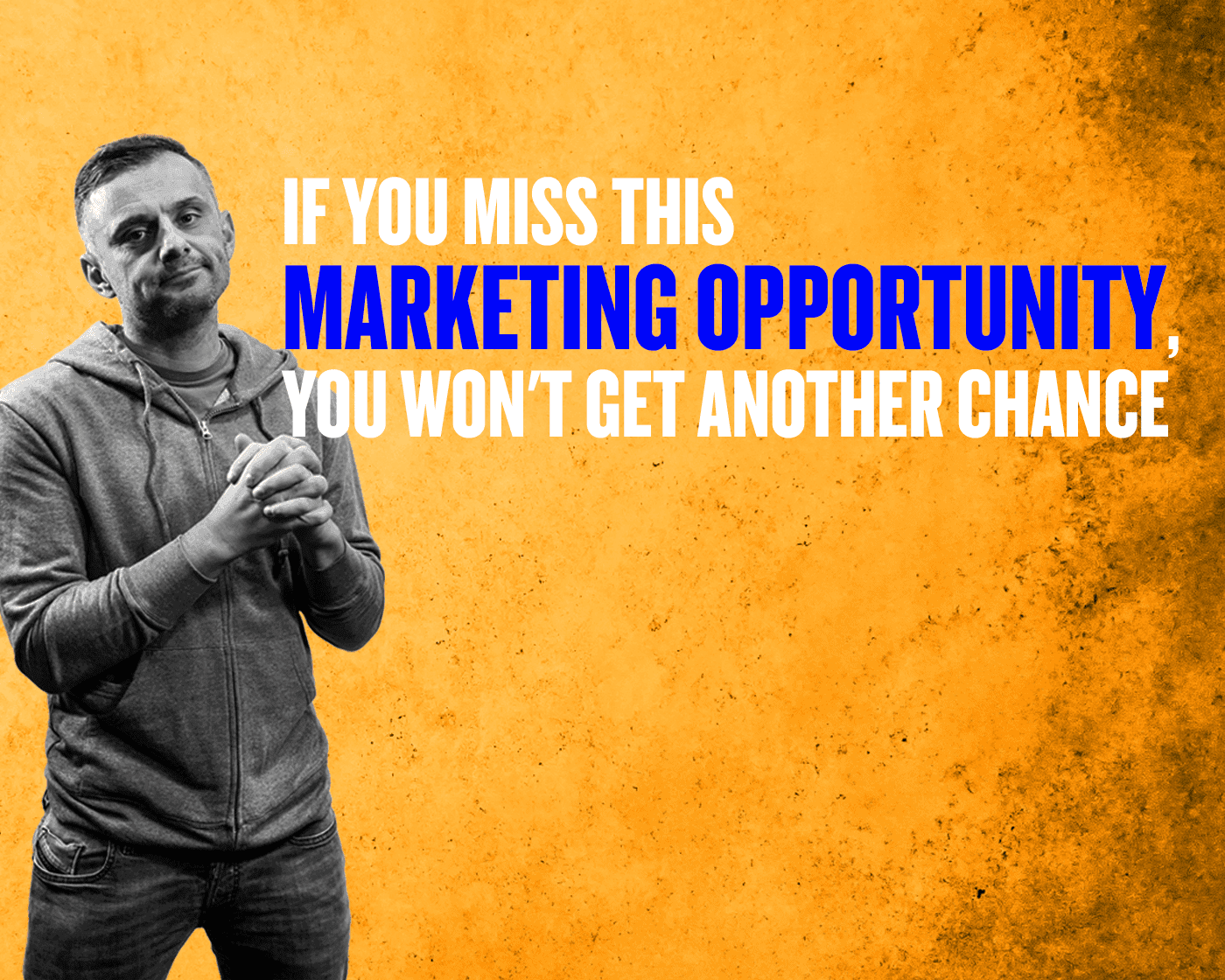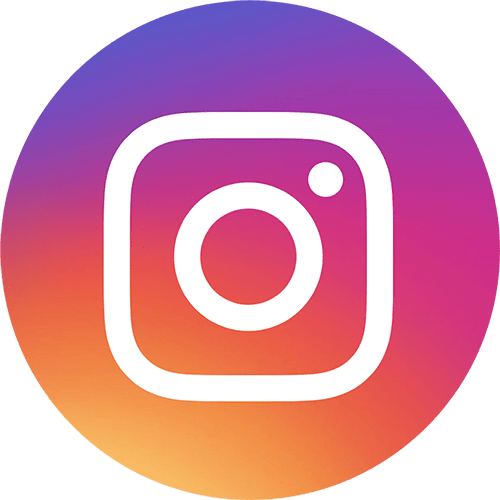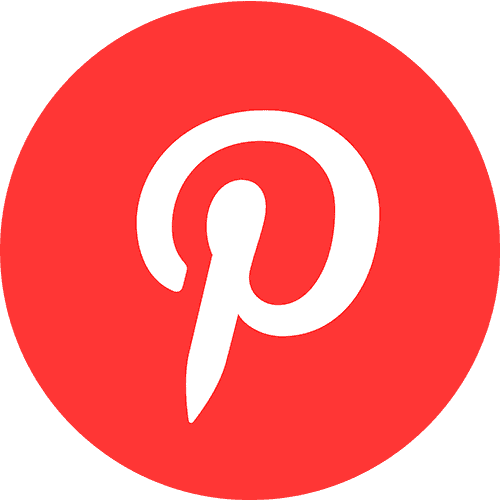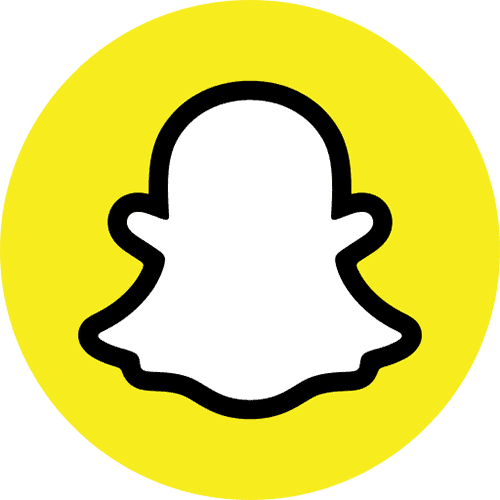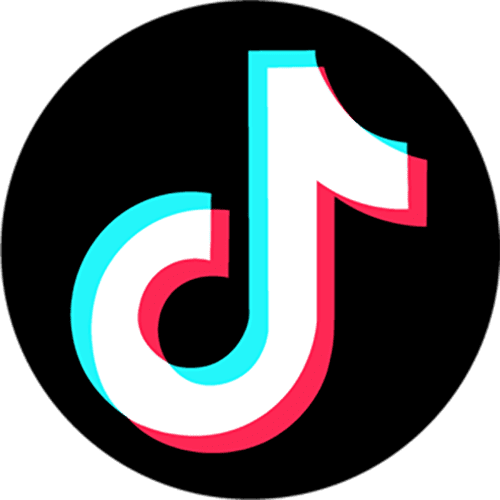The biggest issue for most Fortune 500 companies today is that the majority of their marketing opportunity and dollars are going directly down the drain.
Many still hold on to the idea that Facebook advertising won’t work for their business, or that “only kids” are on Instagram. They don’t recognize how big the marketing opportunity it is.
The truth is we’re living through the single greatest attention shift of our time. Attention is shifting from the television to an increasingly mobile world.
And the problem is most businesses don’t actually know how to adapt their advertising to social platforms.
It’s similar to what happened when attention shifted from radio to television.
What happened was, businesses started running TV commercials like they ran radio ads.
There would be an image on the screen with a narrator in the background narrating the image. The ads weren’t native to a television environment. People didn’t understand what a good television commercial looked like until much later. They were trying to market in the “new world” as they did in the old world.
Same thing is going on today as we’re transitioning from a TV commercial world to a mobile world.
Companies have some understanding that you can’t just copy and paste a commercial on Facebook and Instagram.
But people still don’t fully understand what’s going on, or how to actually take advantage of the incredible opportunity that’s sitting on platforms like Facebook, Instagram, LinkedIn and YouTube.
Here are some ideas and strategies on how you can:
1. Leverage LinkedIn’s organic reach
LinkedIn’s organic reach is really high – similar to where Facebook’s organic reach was many years ago.
Linkedin has a pricing floor, which means the ad product isn’t as cheap as it is on Facebook or Instagram. But the organic reach is so high that you really should start thinking about how to create and distribute content there.
Here are a couple of things you can do:
Add your profile link to your email signature
If you’re someone who sends a lot of email from your personal or business account, add your LinkedIn profile to your email signature.
It’s a quick way to get more exposure for your LinkedIn profile and get more followers. As you acquire more and more connections, it could be the match that starts the process of your content getting higher reach.
Use the $1.80 strategy
The $1.80 strategy is a concept that works really well for building an audience.
Search LinkedIn relevant hashtags to find “top posts” in your niche, and then add your “two cents” in the comments. Do it 90 times a day, and you’ll start the process of building a community and a brand.
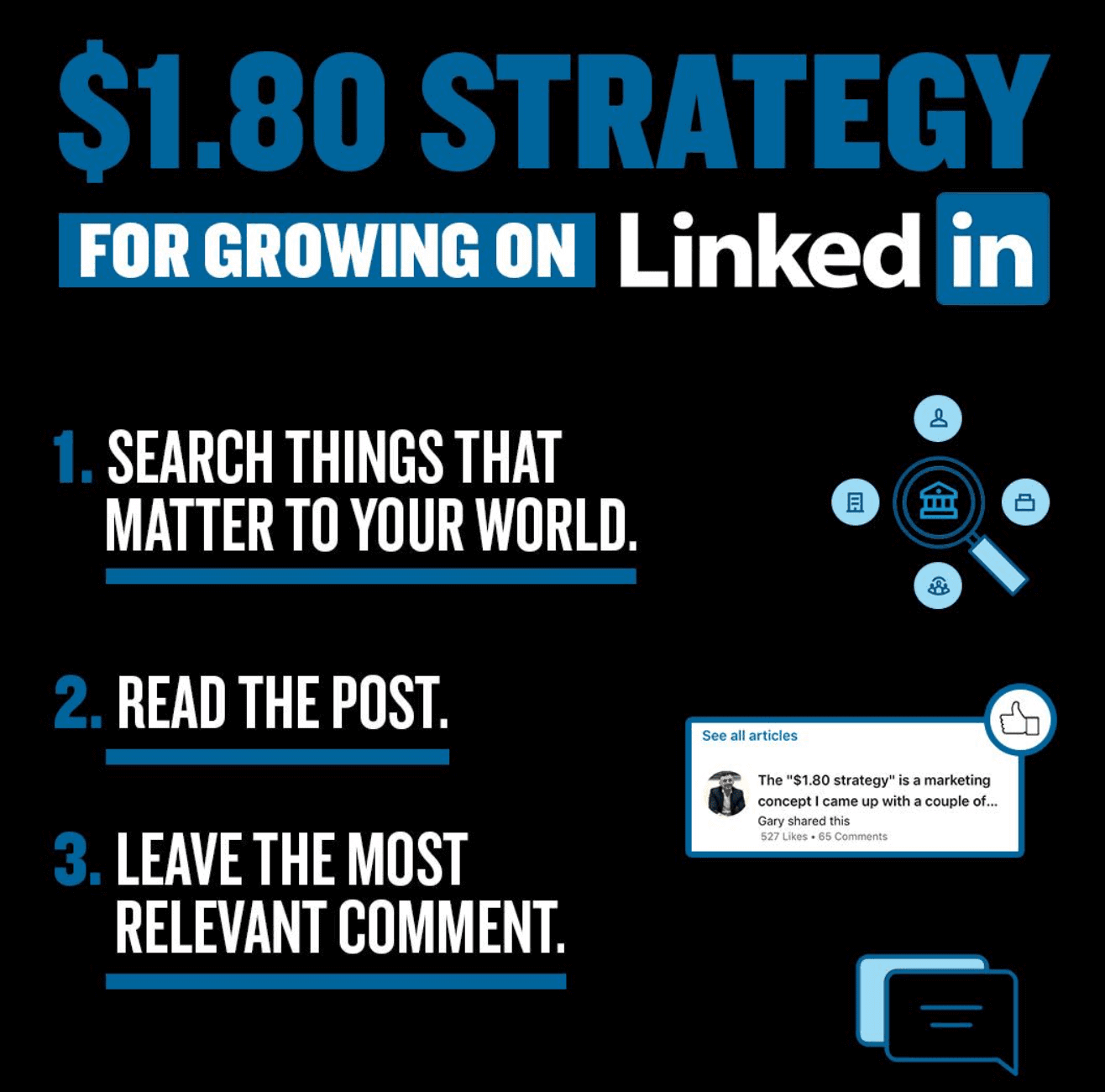
I talk about it more in detail in this article.
2. Create contextual creative on Facebook and Instagram
I’m creating 100 pieces of content around my personal brand per day, and I’m still probably 4,000 short of what I should be doing.
At the same time, there are big businesses out there creating three or four pieces of content for the year and putting a ridiculous amount of budget behind those pieces.
The problem is, the broader you go, the more diluted your message has to be.
It’s a lot more effective to break down your customer base in, say, 200 audience segments and create content specifically for each one of those segments.
For example, if someone tried to sell me peanut butter with a piece of content related to the New York Jets, I’d be interested. Same thing applies to consumers in general – you’d be much more likely to get a reaction if you create content specific to the interests of your market segments.
The reason businesses are afraid to go narrow on targeting is because it increases CPMs.
But the broader you go the more vanilla your messaging needs to be.
It’s why brands like Coca-Cola and Skittles have used slogans like “Open Happiness” or “Taste the Rainbow.” In the old world of marketing, it wasn’t possible to go narrow. You only had a few pieces of content that millions of people would see – so your slogan had to be vanilla.
When you go narrow you might pay higher CPMs, but your creative has a much better shot at converting because you can tailor your message to your segment.
Too many companies are thrilled to pay lower cost for higher reach, then get confused when their creative doesn’t get anyone to do anything.
3. Run YouTube pre-roll ads based on Google Search queries
This is an advertising capability that most companies don’t even know about.
When it comes to sales, Google AdWords is an incredible ad product. The problem is, it’s largely overpriced today. In the early days, I was buying broad search terms related to wine for rock bottom prices and building Wine Library on the back of that.
Today YouTube pre-roll ads are a great way to get similar results.
YouTube has an ad product that allows you to target people based on their Google search queries.
For example, if you’re a plumber, you can produce a video ad starting with “Hey, are you looking for a plumber in Boise, Idaho?” And you can literally run it against people in Boise, Idaho who searched for a plumber on Google.
It’s a great intent-based ad platform that a lot of companies aren’t leveraging.
Please let me know what you thought about this article on Twitter 🙂
This article was based on DailyVee 546 – check it out here:

